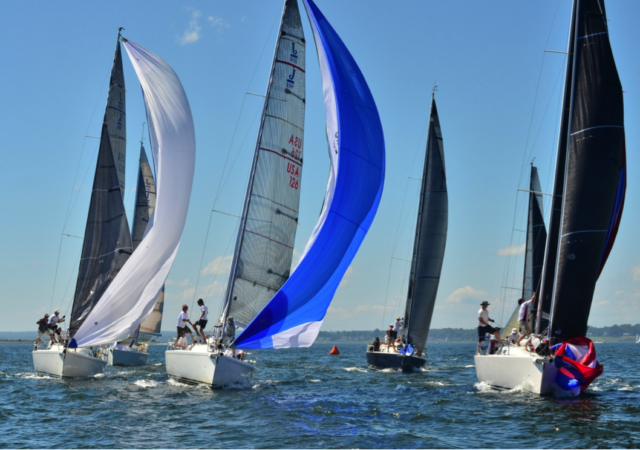John Lincourt tests the Sigma 150-600mm F5-6.3 DG OS HSM | Contemporary and 50-100mm F1.8 DC HSM | Art lens for sailing regattas and more.
Sigma Founder Michihiro Yamaki Honored With PMDA Lifetime Achievement Award
The Photoimaging Manufacturers and Distributors Association, PMDA, has honored Michihiro Yamaki with the Lifetime Achievement award; an honor he so richly deserves.
A1 MTF Testing for New Sigma Lenses
On the Sigma Global Vision site, you may read and learn about every aspect of the evolution of Sigma. In this occasional blog series, we discuss aspects of the Global Vision in greater depth.

